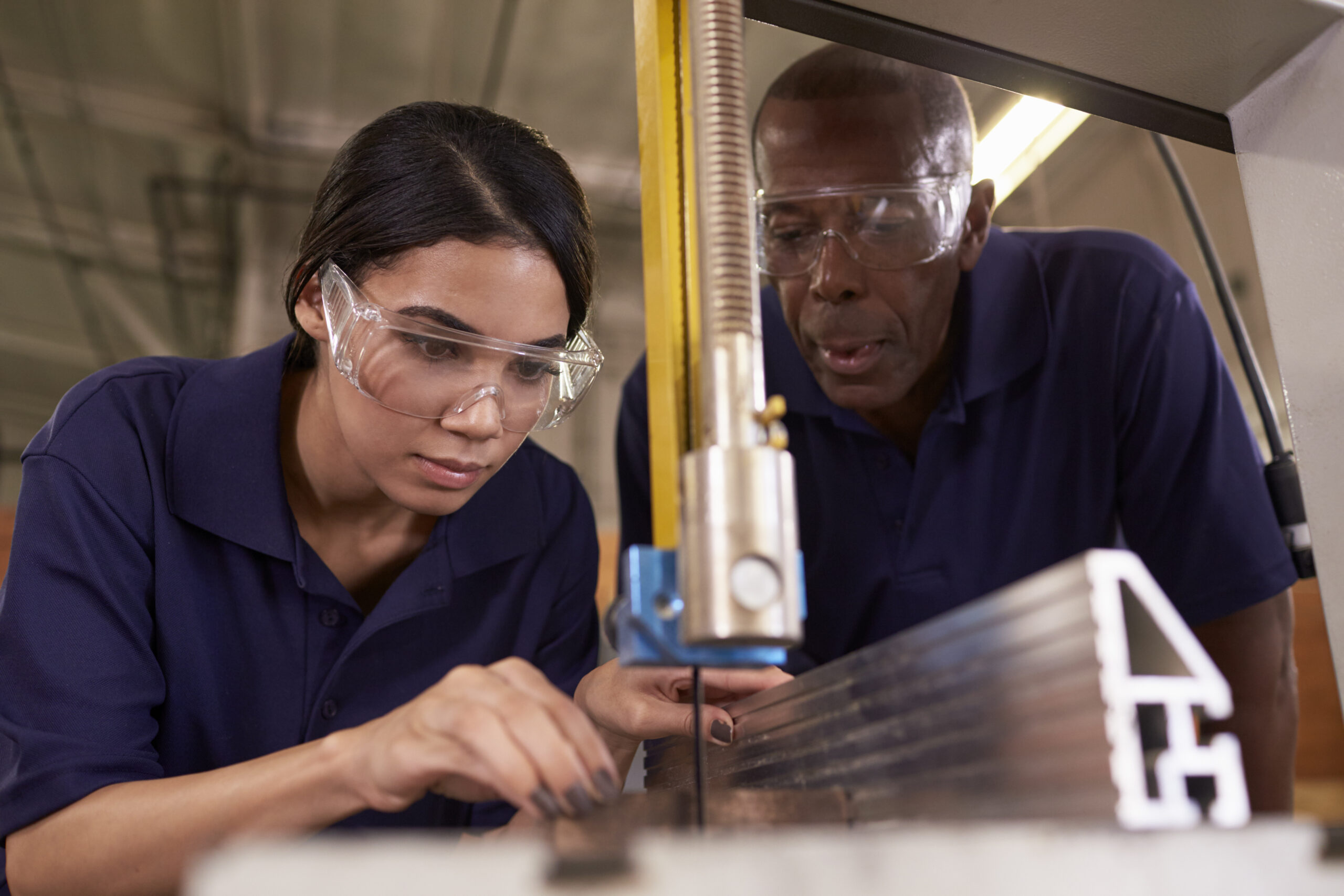Greater investments in helping single mothers graduate college would benefit their families, their communities, and society as a whole.
Earning a higher education is increasingly necessary for achieving family economic security. For single mothers, who are more likely to live in poverty than other women, earning postsecondary credentials can bring substantial benefits, from increased lifetime earnings and employment rates to better health outcomes and chances of success for their children. Single mother college students, however, often face obstacles that can complicate their ability to complete their educational programs. Just eight percent earn a degree within six years of enrolling, compared with roughly half of women in college who are not mothers. Greater investments in helping single mothers persist in college and graduate would benefit their families, their communities, and society as a whole.
The Institute for Women’s Policy Research (IWPR) conducted a study to estimate the economic costs and benefits at the state and national levels of single mothers’ pursuit and attainment of college degrees. The study includes estimates on the returns to strategic investments in supportive services, such as child care or case management, that would be likely to increase single mothers’ college success. The findings of IWPR’s study demonstrate the importance of investing in greater access to college for single mothers, including in the supports that can help them be successful once enrolled.
The state fact sheets and national briefing paper include recommendations for how federal and state policymakers and institutions can build on this evidence to create educational environments that promote single mothers’ success, through improved data collection, greater access to key supportive services, clear campus policies for students with children, and leveraging existing social safety net programs to support parenting college students.
Introduction
Earning a higher education credential is increasingly necessary for achieving family economic security. For single mothers, who are more likely to live in poverty than other women, earning postsecondary credentials can bring substantial benefits, from increased lifetime earnings and employment rates to better health outcomes and chances of success for their children (Attewell and Lavin 2007; Carnevale, Rose, and Cheah 2011; Hout 2012; IWPR 2019a; Magnuson 2007). Single mother college students, however, often face obstacles that can complicate their ability to complete their educational programs. Just eight percent earn a degree within six years of enrolling, compared with roughly half of women in college who are not mothers (49 percent; IWPR 2019a). Greater investments in helping single mothers persist in college and graduate would benefit their families, their communities, and society as a whole.
This briefing paper describes findings from a study by the Institute for Women’s Policy Research (IWPR) estimating the economic costs and benefits of single mothers’ pursuit and attainment of college degrees. The study estimates the economic returns at the individual and societal levels to single mothers’ attainment of associate and bachelor’s degrees, as well as for single mothers who earn some college education, but no degree, at the national and state levels. It also estimates the returns to strategic investments in supportive services that would be likely to increase single mothers’ college success (an overview of IWPR’s study methodology can be found in Appendix A). State-level estimates of the gains to single mothers and their families, and to state economies more broadly, when single mothers go to college are also published separately in fact sheets for all 50 states and the District of Columbia.
IWPR’s study finds substantial economic gains to families headed by single mothers and to the economy as the result of their college enrollment and graduation. These findings demonstrate the importance of investing in greater access to college for single mothers, including in the supports that can help them be successful once enrolled. The briefing paper concludes with recommendations for how federal and state policymakers and institutions can build on this evidence to create educational environments that promote single mothers’ success through improved data collection, greater access to key supportive services, clear campus policies for students with children, and leveraging existing social safety net programs to support parenting college students.
The Institute for Women’s Policy Research’s (IWPR) briefing paper, Investing in Single Mothers’ Higher Education: National and State Estimates of the Costs and Benefits of Single Mothers’ Educational Attainment to Individuals, Families, and Society, features findings from a study to quantify the individual and societal costs and benefits of single mothers’ attainment of college degrees (see Reichlin Cruse et al. 2019). This work builds off of previous IWPR research on investments in single mothers’ education (see Gault, Milli, and Reichlin Cruse 2018), adapting it to an analysis at the state level.
In addition to the state-level focus, IWPR’s 2019 briefing paper improves upon the previous report in several key ways: it estimates the impact of college education on lifetime public assistance receipt among single mothers (the previous report estimated the effect over a four-year period); it includes a new analysis of the impact of some college credit on outcomes among single mothers, even though they did not obtain a degree; and with the addition of the some college analysis, we are now able to estimate the full return on investment in support services for single mother students. These improvements, along with the remainder of the analysis, are discussed in greater detail in the sections below.
IWPR drew on existing literature and new calculations utilizing an array of data sources for its study. These sources include the 2015-2017 American Community Survey (ACS; Ruggles et al. 2019), the 2014-2018 Current Population Survey (CPS; Flood et al. 2018), the 2015-2016 National Postsecondary Student Aid Survey (NPSAS; U.S. Department of Education, National Center for Education Statistics 2018), the 2003-2009 Beginning Postsecondary Student Survey (BPS; U.S. Department of Education, National Center for Education Statistics 2011), the Integrated Postsecondary Education Data System (IPEDS) 2015 fall enrollment component (U.S. Department of Education, National Center for Education Statistics 2017), and other federal data sources.




